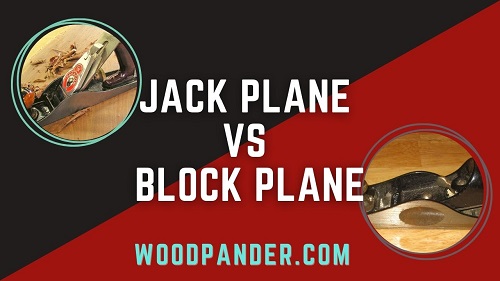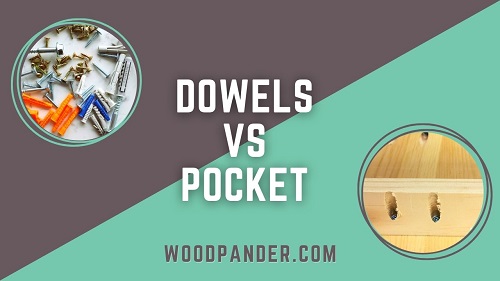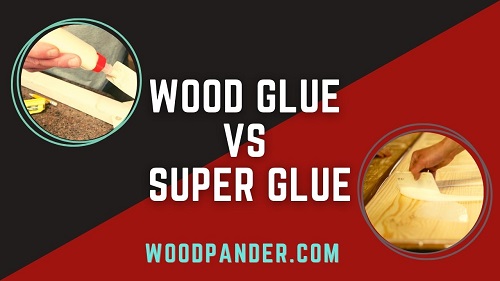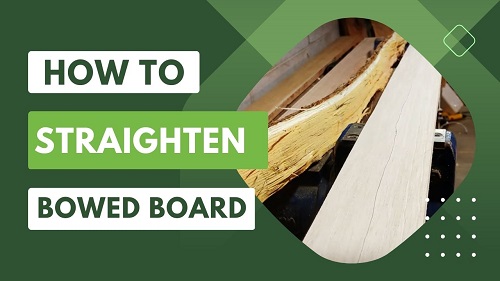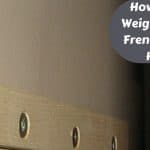Are you confused about what differentiates a Jack Plane from a Smoothing Plane? Don’t worry; we’re here to lead your impression in the right way.
Jack Plane and Smoothing planes differ in their functionalities and physical appearances, such as using purpose, blade types, and way of work. But to get a broad idea, you must deeply consider the factors.
So in this article, we’ll go through a detailed discussion on the main differences between Jack Plane and Smoothing Plane. We’ll give you a precise overview of the Jack and Smoothing Plane, along with their features, pros, and cons. Plus, you’ll also learn in which activity which plane is used best.
So let’s get started!
Table of Contents
- Jack Plane vs Smoothing Plane: A Quick Comparison Table
- Can You Use a Jack Plane as A Smoothing plane?
- Related Questions
- Parting Words
Jack Plane vs Smoothing Plane: A Quick Comparison Table

If you’re running short of time, you can glance at this quick comparison table and get a brief idea about the differences between both hand planes.
| Differences | Jack Plane | Smoothing Plane |
| Using Purpose | Use for all general tasks | Use for smoothing the surface |
| Blade Edge | Tooth shape blade edge | Smooth Softened blade edge |
| Cutting Edge | Rounded dull cutting edge | Crown-shaped sharp cutting edge |
| Mouth Opening | Wide mouth opening | Narrow mouth opening |
| Plane Size & Sole Length | Number 5 plane size and a sole length of 14″ | Number 4 plane size and sole length is 9″ |
| Plane length | 12 to 18 inches in length | 7 to 10 inches in length |
See Also: LedgerLOK Vs TimberLOK Fasteners.
Overview of Jack Plane
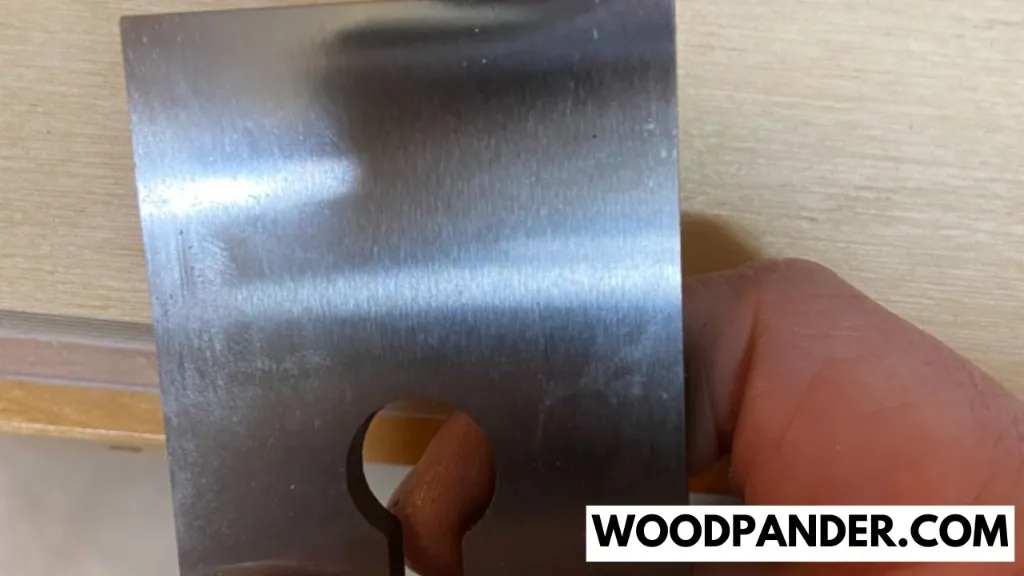
Jack plane is a king member of the bench plane family. It’s a general-purpose plane for sizing down the wood piece and the general smoothing work.
Jack planes can do most fore, jointer, or smoothing planes. That’s why it is referred to as the jack of all trades. If you consider functionalities, woodworkers use jack planes after scrub planes and before the jointer plane, fore plane, and smoothing plane.
Features
- Patented lateral adjustment locking feature
- One piece precision ground frog and base casting
- Ductile iron casting and norris type adjustment
- Extra thick 3/16in A2 steel
Pros
- The American cherry front knob and tote offer you a comfortable grip in your hand
- An adjustable throat plate makes the plane suitable for various types of wood.
- Can be used as the place of a jointer plane or smoother plane
- Classic look machines offer excellent performance
- Durable construction for superior edge retention and long-term uses
Cons
- It might take time to assemble before you start work with this machine.
See Also:
Overview Of Smoothing Plane
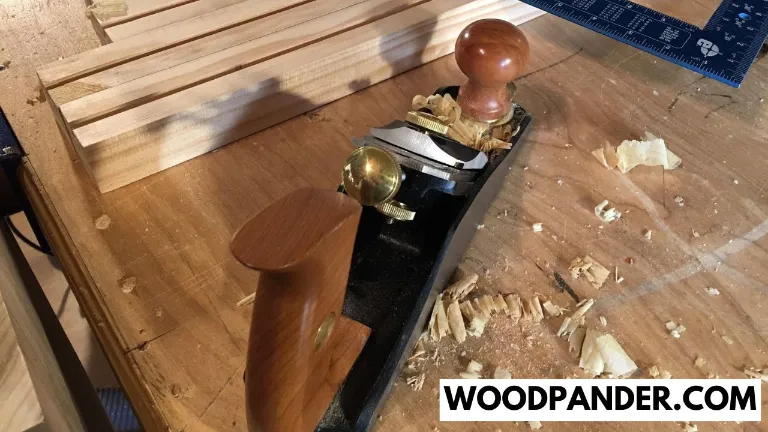
The smoothing plane is used in the last step of a woodworking project to give a glass-smoothness to the woodwork. It is specially designed for smoothing purposes that remove the fine shavings off of wood to get a smooth wood surface.
Features
- Extra thick ⅛-inch (3.18 mm) A2 steel for excellent edge retention
- Norris-type adjuster with lateral locking feature
- Replacement Blade 12-141
- One-piece base and frog
Pros
- Blade only needed a few minutes of honing to get sharp and save your valuable time.
- Solid mass to enhance performance
- Excellent build quality extends using life
- Allows to regulate mouth for better performance
- Solid Sole is flat enough and great value for the price
Cons
- It might be pretty heavy.
What’s The Difference Between Jack Plane vs Smoothing plane?
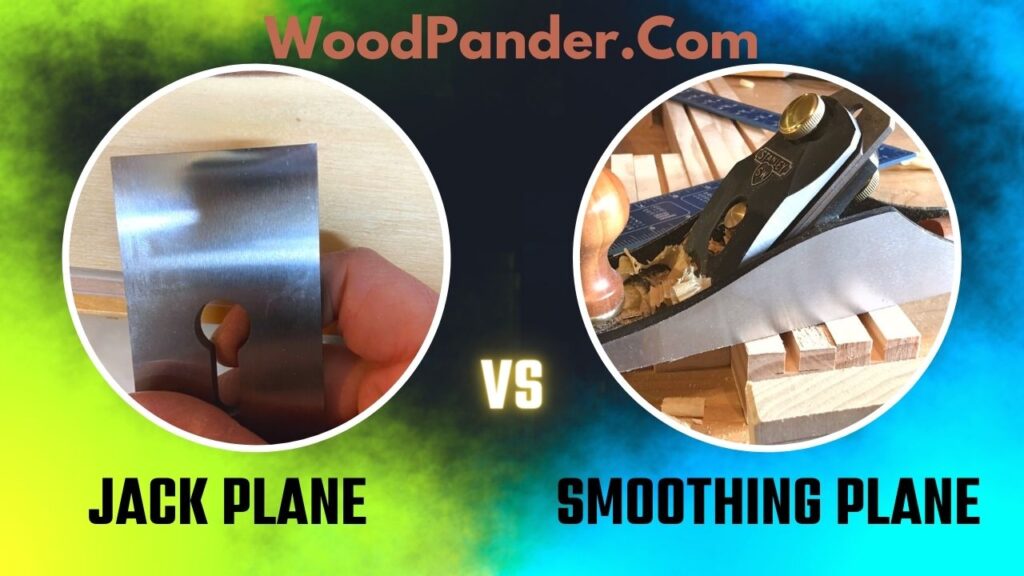
The main difference between Jack Plane and Smoothing Plane is Jack plane is used for shaping the wood piece to its required dimension while the smoothing plane works for smoothing the wood surface once the item is ready to finish.
Let’s check out Jack Plane vs Smoothing Plane differences below to learn more precisely about their distinction.
1. Purpose
The most essential and primary difference between Jack and Smoothing Plane is their using purpose. Each bench plane is used for completing a different goal or task.
- Jack Plane
Jack planes are used for various purposes. But the primary purpose of a jack plane is resizing or reshaping the timber so that you can work on it. It is used to shape and resize lumber to achieve a finer shape. Although it can work for other tasks like joining or smoothing, we recommend using it for its primary purpose.
- Smoothing Plane
Otherwise, the only purpose of a smoothing plane is to provide maximum smoothness to the wood surface. It whispers thin shavings after you finish work with a jack or jointer plane.
2. Using Time
The purpose of a Jack Plane and Smoothing plane is different, so both these planes are used at other times in a whole woodworking project.
- Jack Plane
In general, jack planes are used at the beginning of any woodworking along with other planes. You can use it after scrubbing the plane or start working without using a scrub plane.
- Smoothing Plane
The smoothing plane is only used at the end of the woodworking task. Once you complete shaping and building the wood piece, a smoothing plane is used to give the wood piece a final touch of smoothness.
3. Functionalities
Because of the difference in the purposes of both planes, they perform best for different functionalities.
- Jack Plane
Although jack planes are excellent for doing multiple tasking, they are good in the following aspects.
- Shape lumber
- Resize the wood
- Jointing work
- Flatten large surface
- Smoothen the wood
- Smoothing Plane
As we know, a smoothing plane works for smoothing and finishing the wood task, so they are suitable for the following area.
- Smoothing the wood surface
- Make the wood surface ready to finish
- Remove fine shavings
- Trimming parts
- Avoid splintering
- Other odd jobs at the bench
4. Blade Shape
Along with purposes and functionality, jack planes and smoothing planes have a noticeable difference in the physical appearance of cutting-edge blades. Due to the different shapes of the cutting edge, the way of working the jack and smoothing planes differs too.
- Jack Plane
The seating of the blade angle in Jack’s plane is 45°. The cutting edge of the Jack plane is rounded, honed straight, and dull. However, you don’t need to sharpen the blade before use.
However, as the jack plane has a rounded cutting edge, even if your wood piece is wider than the iron of the plane, it will help you prevent the wood from cracking and splitting and finish your job at ease.
- Smoothing Plane
Alternatively, the blade angle of the smoothing plane is seated at a steeper 49°. So while you work on difficult grain patterns, the blade angle is used to prevent tear-out on woods.
The smoothing plane comes with a sharpened blade and is shaped slightly cambered or of a crown. Due to the cambered blade shape, this tool planes beautiful curls of wood and works on minimal curves that are very hard to notice as for the overlapped cuts
However, the blade must be sharpened before use to get your expected smoothness on the wood surface. You can sharpen the blade using water stones. Thankfully, the blade adjustment is pretty easy for beginners.
5. Plane Size
As both the planes come from the same bench plane family, their plane size is between the bench family range of numbers 1 to 8. The difference in plane size also contributes a lot to the plane functionalities.
- Jack Plane
Among the plane sizes, number 3 and number 5 are the most common Jack plane sizes. While number 5 is comparatively cheap and can be replaced with the scrub plane. This means you don’t need to spend bucks to purchase another scrub plane.
Number 5 jack plane has 14″ sole length and 2″ cutting width that efficiently works for rough and finishing tasks. However, you can use one plane for rough tasks and another for smoothing work.
- Smoothing Plane
For the smoothing plane, number 4 is the most common that comes with a sole length of 9″ and the latter is 10″ long. A smooth plane must have a perfect cutter width and sole length balance to ensure smooth wood items like furniture and other woodworking parts. However, the number 4 smoothing plane is broadly used in furniture such as cabinet making because it’s heavy and doesn’t easily wear out.
The larger planes are usually heavy and cause tears on a delicate surface. So it is necessary to choose the right size according to the delicatessen of the surface. Therefore, you can use the smaller number 3 size for smoothing smaller items. You can smooth small things through it, such as narrow rails, slites, and mullions.
6. Plane Frog
Plane frogs work as scrapers. An adjustable iron wedge keeps the plane iron at the proper angle. The frog angle directly affects the functionality of a plane.
- Jack Plane
The Jack plane features an iron tooth-shaped edge on the wooden surface. Number 5 jack plane comes with a 45-degree angle that allows jack planes to move easily through the wood, which can’t be possible with other high-angle planes.
Though the jack plane can be used as a smoothing plane, its sharp teeth-shaped edges in the blade can’t surpass the need for a smoothing plane.
- Smoothing Plane
Unlike the Jack plane, the smoothing plane has smoother edges so that it could give a smoother finish as you wish to have. Its iron doesn’t have the sharp edges as Jack Plane. No doubt that a smoothing plane is specialized for smoothing surfaces. The number 4 smoothing plane has a 50 degrees angle that helps to reduce the risk of tearing curly wood.
7. Camber
The camber helps to prevent the corners of the blade from unwanted digging into the wood or to leave any splinters or tracks while planing a wider surface than blades. It’s useful for light shavings and smoothing wood. Here is the camber difference between the jack plane and the smoothing plane.
- Jack Plane
For jack planes, you might need more chambers to let the planes take thicker shavings without producing gutters. The heavy cambered iron helps take deep, narrow scoops of wood pieces.
- Smoothing Plane
A smoothing plane has minimal camber used to smoothen the wood. The irons of a smoothing plane are straight-nicked corners that efficiently prevent tacks in woodworking.
8. Mouth Opening
The gap between the cutting edge and plane is called mouth opening. Jack plane and smoothing differ in mouth opening, which also creates a difference in their performance.
- Jack Plane
Jack plane allows mouth opening to be adjusted 1/16″ (1.6mm) for any usual finer woodworking activities.
The mouth opening is set according to the thickness of the shaving. So as the thickness of Jack plane shaving is large, its mouth opening is wider.
However, By loosening the front button and turning the lever that moves the twisted plate to the front plane, you can control the mouth opening of your Jack plane.
- Smoothing Plane
In Contrast, the shavings of the smoothing plane are too thin, so its mouth opening is small too. And this is great for reducing the risk of wood tearing off.
However, the mouth opening should be wider if you’re using the smoother plane for heavy rough smoothing tasks. Because wide mouth opening makes the shaving large and prevents clogging and choking the plane while shaving the wood surface.
But when using a smoothing plane on any non-rough wood surface that has very few defects, we recommend you to keep the mouth opening small, which helps to decrease tear-out.
See Also: Ledger Locks Vs. Lag Bolts.
Can You Use a Jack Plane as A Smoothing plane?
One thing is sure you can’t use a smoothing plane as a Jack Plane. But as Jack Plane has some properties like Smoothing Plane, you might wonder whether you can use Jack Plane as a smoothing plane.
Well, you can use the Jack plane as a smoothing plane, but there are some exceptions. Jack plane never performs as equally as the smoothing plane because the smoothing plane is specially designed for achieving highly smoothing purposes.
So if you need a super smooth finish, you should not use Jack Plane. Sometimes the dull blade can ruin the wood grain or make the wood tear off. In a word, the Jack plane is designed for rough work, not for smoother tasks. However, we recommend using a smoothing plane if your woodwork is precious and you don’t want to damage it for slight negligence.
Related Questions
Can you joint with a jack plane?
Yes, a truly flat Jack plane can join about anything straight.
How many types of bench planes are there?
There are mainly 4 types of Bench Planes, including
- Jack Plane
- Fore Plane
- Jointer Plane
- Smoothing Plane
What planes should a woodworker have?
If you’re a professional woodworker, you should own each plane for every different task to get a more precise and perfect woodworking task. Here is the list of a plane a woodworker should have.
- Block plane
- Shoulder plane
- Jack Plane
- Smoothing Plane
What is the difference between a jack plane and a smoothing plane?
A jack plane is used for rough stock removal, while a smoothing plane is used for finishing.
When should I use a jack plane versus a smoothing plane?
Use a jack plane for rough work and a smoothing plane for final smoothing.
Can I use a smoothing plane for rough stock removal?
Smoothing planes are not ideal for rough stock removal.
How do I adjust the blade on a jack plane versus a smoothing plane?
The blade adjustment mechanism may differ between the two types of planes.
Are jack planes and smoothing planes suitable for different types of wood?
Both planes can be used on different types of wood, but some may require different blade angles.
What are the advantages and disadvantages of using a jack plane versus a smoothing plane?
A jack plane is faster but less precise, while a smoothing plane is slower but provides a smoother finish.
How do I choose between a jack plane and a smoothing plane for my woodworking project?
Consider the desired finish and the amount of stock removal needed when choosing between the two planes.
Can I use a jack plane and a smoothing plane together for more precise results?
Yes, using both planes can result in more precise results.
Are there any safety precautions I should take when using a jack plane or smoothing plane?
Always wear safety goggles and use proper technique when using any type of woodworking tool.
How do I properly maintain and sharpen the blades of a jack plane and a smoothing plane?
Regular sharpening and maintenance is necessary for both planes to perform their best.
Parting Words
So it’s time to declare the winner between Jack Plane vs Smoothing Plane. As you can see, both planes are used for different purposes, so ultimately, they’re not actually on the battlefield.
With Jack Plane, you can do almost any type of woodworking activity. When it comes to smoothing your wood piece at the final stage, nothing can beat a smoothing plane. So choosing the right plane will depend on your requirements.
If you’re a professional woodworker who dreams of making the name of your woodworking shop famous and reliable, we recommend you to own both a Jack plane and a smoothing plane and keep enhancing your skill.

